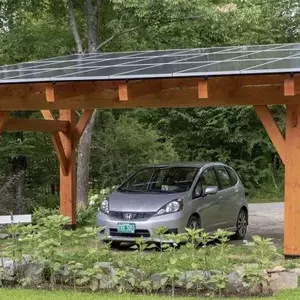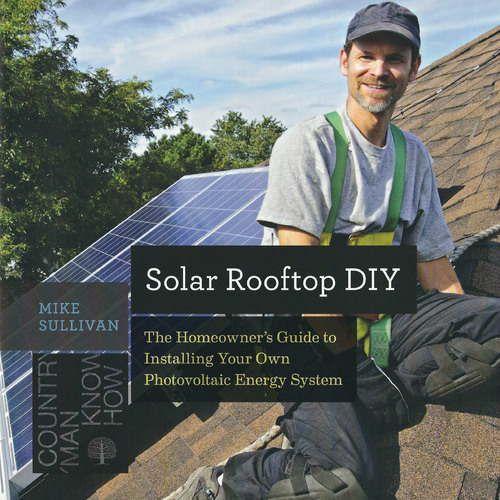
Inverters are essential equipment for any solar panel system. By converting direct current (DC) energy generated by solar panels to alternating current (AC) energy, inverters make energy usable at the house. Selecting the right type of solar inverter will be an important decision when installing a new system. The choice between microinverters and string inverters with optimizers depends on factors such as shading, budget, monitoring preferences, and system complexities. This article will explain each system’s setup, their advantages, and considerations when determining what your house needs.
First, a bit about me, which will serve as a disclaimer. I started out in the solar industry as an installer just under a decade ago. I have since helped hundreds of homeowners and business owners achieve their clean-energy vision with the installation of solar energy systems and other complementary clean-energy technologies to heat, deliver hot water, and store energy for emergencies in batteries.
I live and work in Maine. Keep in mind that every solar energy market is different, and the relatively young industry is a landscape of constantly changing market prices, technologies, permitting and utility requirements, etc. We call it the “solar coaster.” Read: There is no quick answer to which inverter technology is better, cheaper, more reliable, more cost-effective, etc. Ultimately, the answers are determined by site conditions, market factors, and other variables I cannot predict. Talk to your local solar professionals—with emphasis on the plural, as you should get input from more than one.
With that, let’s dig in.
Readily available inverters
All grid-tied solar energy systems designed, built, permitted, sold, and inspected in the U.S. these days are, essentially, clean-energy funnels—meaning they catch sun exposure and convert it into AC power in real time for clean energy use. The conversion from DC to AC energy via…
Weekly Newsletter
Get building science and energy efficiency advice, plus special offers, in your inbox.

This article is only available to GBA Prime Members
Sign up for a free trial and get instant access to this article as well as GBA’s complete library of premium articles and construction details.
Start Free TrialAlready a member? Log in














5 Comments
Do you have a source for a similar article but focused on off-grid?
A lot of the micro inverters are designated for grid-tie type systems. That said, if you have an off grid inverter or hybrids (for example Solark 15k, or EG4 18kpv, etc) you can use AC-coupling to tie in a micro inverter solar system. Some of the hybrid inverters also can interact with DC optimizers. One of the big solar suppliers for the DIY crowd had a bunch of panels recently that had built in Tigo Optimizers. The Tigo optimizers have built in rapid shut down if I'm not mistaken. I think some of the latest NEC code requires module level shutdown, but I'm not positive on that.
.We are planning to add about 20 panels to the northeast facing side of our 30 degree pitched hip roof. Yes, there is apparently some, probably summertime, production worth harvesting. Eight years ago, we installed 20 panels on the roof’s southeast side in our Boston MA home. The southern 20 panels carried us through the entire 12 months of our mostly electric home’s load with net metering. Heating was gas, now it is a heat pump. No more surplus solar, now the heat pumps incur electric charge from our electric supplier.
Which inverter option would perform best in this situation, which will be mostly a low light situation? I noticed that the start up voltage of Solar Edge is lower than Enphase’s. I am unsure how significant that difference is. Any thoughts?
Hi Rick. If the site gets good sun exposure- and 20 modules can fit- in one plane- I'd probably go with SolarEdge. That is just my preference- and in simple, sunny scenarios, SolarEdge is usually my choice.
Excellent, detailed overview, Will! I've heard bits and pieces of this over the years but never so much in a concise format.
Log in or become a member to post a comment.
Sign up Log in